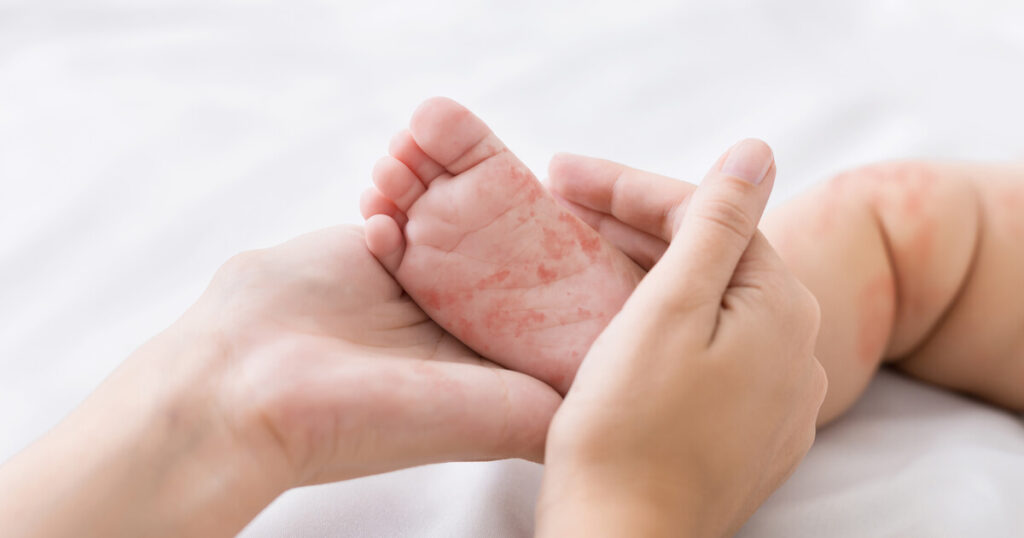Key Takeaways
- Measles spreads easily but is preventable with timely vaccination.
- Recognizing early symptoms helps reduce complications.
- The MMR vaccine provides strong, lasting protection for your family.
Measles can spread quickly, especially among children who haven’t been vaccinated. You may think it’s a disease of the past, but outbreaks still happen when vaccination rates drop. Understanding how measles spreads, what symptoms to watch for, and how the MMR vaccine protects your family helps you make confident health decisions.
You can spot measles early by knowing its first signs—fever, cough, runny nose, and a telltale rash. Acting fast prevents complications like pneumonia or brain inflammation, which can be serious in young children. The MMR vaccine offers strong, long-lasting protection and plays a key role in keeping your home and community safe.
Learning when to vaccinate and how to respond if exposure occurs gives you control over your child’s health. This guide walks you through what matters most—recognizing risks, preventing infection, and knowing when to seek care.
Contents
1. Recognizing Measles: Key Symptoms and Early Signs
- Cold-Like Symptoms in Measles
- High Temperature and Fever
- Distinctive Measles Rash
- Other Associated Symptoms
2. Understanding the Risks and Complications of Measles
3. How Measles Spreads and Preventing Transmission
4. MMR Vaccine: Protection Against Measles, Mumps, and Rubella
Recognizing Measles: Key Symptoms and Early Signs
Measles often begins with signs that resemble a common cold before progressing to a high fever and a widespread rash. Understanding how these symptoms appear and change over time helps you identify the illness early and seek medical attention promptly.
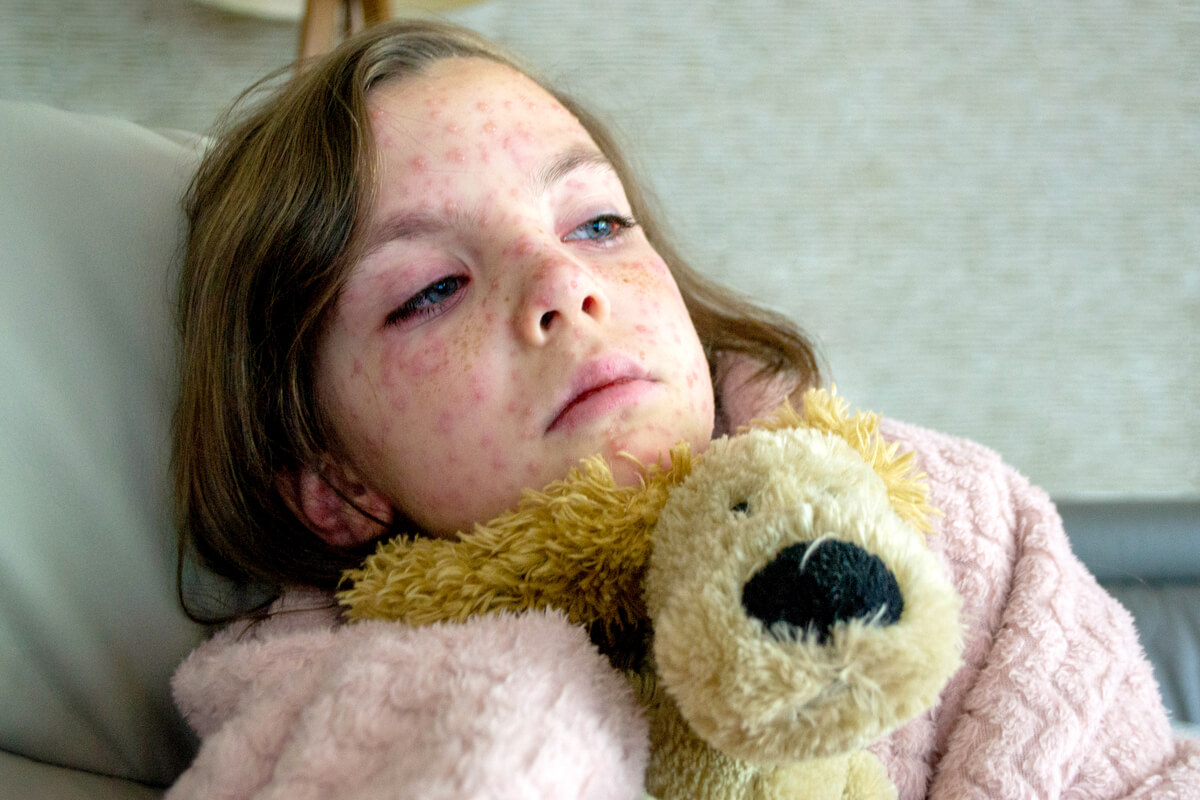
Cold-Like Symptoms in Measles
Measles usually starts with mild, cold-like symptoms that appear 7 to 14 days after exposure. You may notice a runny or blocked nose, sneezing, and a dry cough. These early signs often make measles easy to mistake for a seasonal virus.
Your child might also develop red, watery eyes (conjunctivitis) and increased sensitivity to light. These symptoms occur before the rash appears and signal the contagious stage of the infection.
Because the virus spreads through droplets when an infected person coughs or sneezes, it’s important to limit contact with others if measles is suspected. During this phase, the virus lives in the mucus of the nose and throat, making it highly transmissible even before the rash forms.
High Temperature and Fever
A high temperature is one of the first noticeable symptoms. The fever often rises gradually and can reach 104°F (40°C) or higher. It may fluctuate but usually remains elevated until the rash begins to fade.
The fever reflects your body’s immune response to the virus. You might also feel tired, irritable, or lack appetite. These signs, combined with the cold-like symptoms, often precede the rash by several days.
Keeping hydrated and resting are essential for comfort, but you should contact a healthcare provider if the fever persists or spikes suddenly. In some cases, the fever worsens when the rash appears, signaling the body’s continued fight against the infection.
Distinctive Measles Rash
The measles rash is a key indicator of infection. It usually appears 3 to 5 days after the first symptoms. The rash starts as flat red spots on the face, often near the hairline, and spreads downward to the neck, trunk, arms, and legs.
Small raised bumps may develop on top of the red spots, and as they spread, the spots can merge together. When the rash appears, the fever may peak again before beginning to subside.
| Feature: Color | |
|---|---|
| Description | Red or reddish-brown |
| Feature: Texture | |
|---|---|
| Description | Flat spots, sometimes raised |
| Feature: Progression | |
|---|---|
| Description | Spreads from face to body over several days |
The rash typically lasts about a week, fading in the same order it appeared.
Other Associated Symptoms
In addition to fever and rash, measles may cause tiny white spots inside the mouth, called Koplik spots. These appear on the inner cheeks two to three days after the first symptoms and before the rash develops.
You might also notice sore throat, muscle aches, or swollen lymph nodes. These symptoms vary in intensity but indicate the body’s immune response to the infection.
Some children experience diarrhea or ear infections as complications. If breathing becomes difficult, or if the fever persists after the rash fades, seek medical advice immediately. Recognizing these early and secondary signs helps ensure timely care and reduces the risk of serious complications.
Understanding the Risks and Complications of Measles
Measles can lead to serious health problems, especially in people with weaker immune systems, infants, and pregnant women. While most recover within a couple of weeks, complications can occur that require medical attention and sometimes hospital care. Recognizing who is most at risk and what complications to watch for can help you act quickly and protect your family.

Who Is Most at Risk
You face a higher risk of severe illness if you have not received two doses of the MMR vaccine. Infants under one year old, pregnant women, and people with weakened immune systems from illness or medication are particularly vulnerable.
Crowded environments, such as schools or healthcare settings, increase exposure risk. The virus spreads easily through coughing and sneezing, and it can stay active in the air for up to two hours.
If you or your child have chronic conditions, such as malnutrition or immune suppression, measles can progress more quickly and cause complications. Ensuring full vaccination and avoiding contact with infected individuals are the most effective ways to reduce risk.
Possible Severe Complications
Complications occur in about 10–20% of measles cases in developed countries, and the risk is higher in developing regions. The most common include ear infections, pneumonia, and diarrhea, which can lead to dehydration.
More serious complications include encephalitis (inflammation of the brain) and meningitis, which can cause seizures, hearing loss, or long-term neurological problems. These conditions require immediate hospital care.
In rare cases, a delayed complication called subacute sclerosing panencephalitis (SSPE) can appear years after infection, leading to progressive brain damage. Even though this is uncommon, it highlights why complete immunization is essential for preventing infection in the first place.
Measles in Pregnancy
If you contract measles during pregnancy, your health and your baby’s health may be at risk. Infection can increase the chance of miscarriage, premature birth, or low birth weight.
Because the MMR vaccine contains a live virus, it is not given during pregnancy. If you are planning to become pregnant, confirm your immunity beforehand and get vaccinated if needed.
Pregnant women exposed to measles may be offered human normal immunoglobulin (HNIG) to reduce the chance of infection. If you develop symptoms such as fever and rash, contact your healthcare provider immediately for assessment and support.
How Measles Spreads and Preventing Transmission
Measles spreads easily through the air and can infect people even after an infected person leaves the area. Vaccination and careful hygiene practices greatly reduce your risk and help protect those around you.
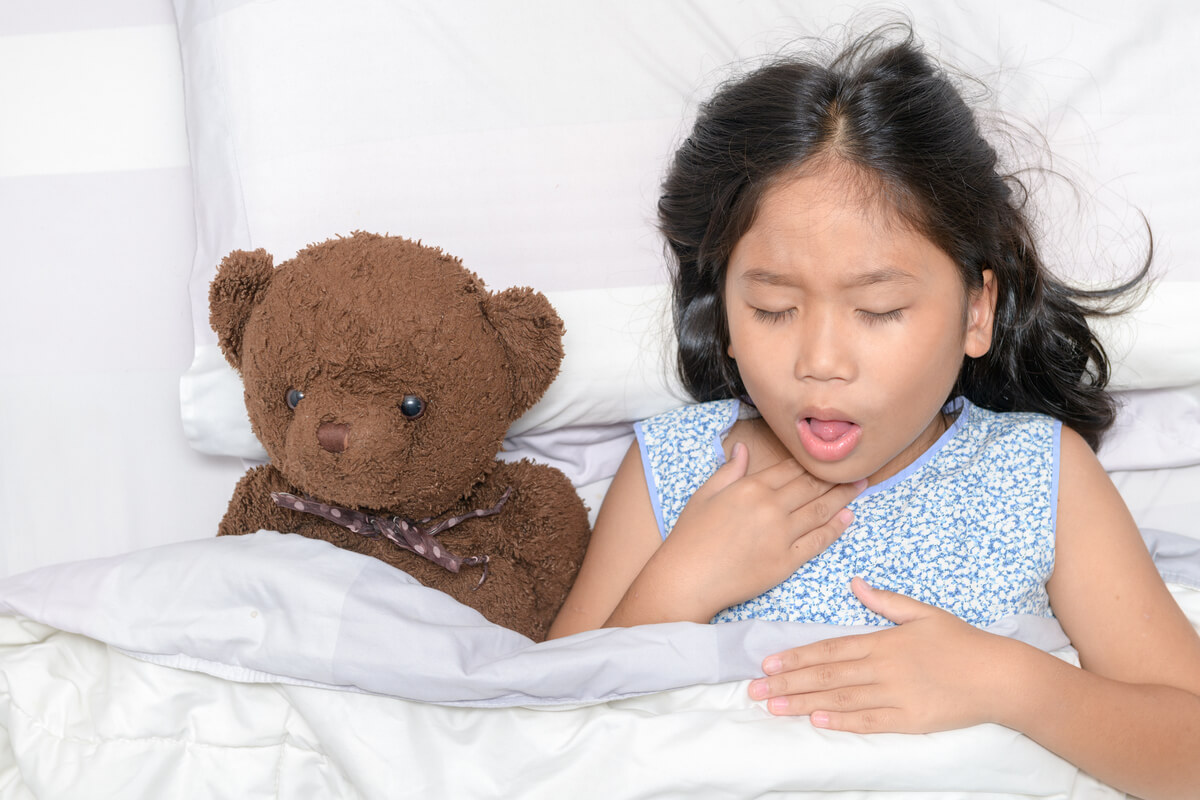
How Measles Is Transmitted
Measles is a highly contagious viral infection that spreads through coughing and sneezing. The virus lives in the mucus of the nose and throat of an infected person. When that person talks, coughs, or sneezes, tiny droplets containing the virus become airborne.
You can catch the virus by breathing contaminated air or by touching surfaces where droplets have landed, then touching your eyes, nose, or mouth. The virus can remain active in the air or on surfaces for up to two hours.
Only humans spread measles. Animals cannot carry or transmit the virus. This means controlling human-to-human transmission through vaccination and early isolation is key to stopping outbreaks.
When Measles Is Most Contagious
You are contagious before you even notice symptoms. The virus spreads from about four days before the rash appears to four days after it begins. During this period, even mild symptoms like a runny nose or cough can release infectious droplets into the air.
About 90% of people who are close to someone with measles and are not immune will become infected. This high rate of transmission makes early detection and isolation critical.
If you or your child develop symptoms such as fever, cough, runny nose, red eyes, or rash, stay home and call your healthcare provider. Avoid contact with others, especially infants and people with weakened immune systems.
Steps to Prevent the Spread
The best protection is the MMR vaccine (measles, mumps, rubella). Two doses provide about 97% effectiveness against measles. Children usually receive the first dose at 12–15 months and the second at 4–6 years.
To reduce exposure:
- Keep anyone with suspected measles isolated until cleared by a doctor.
- Cover coughs and sneezes with a tissue or elbow.
- Wash hands often with soap and water.
- Ensure everyone in your household is up to date on vaccinations.
High vaccination coverage creates community protection, helping shield those who cannot be vaccinated due to age or medical conditions.
MMR Vaccine: Protection Against Measles, Mumps, and Rubella
Vaccination with the MMR vaccine helps your child’s immune system build lasting protection against measles, mumps, and rubella, three contagious viral infections that can cause serious complications. It uses a combined approach to reduce the number of injections while providing broad, effective immunity.
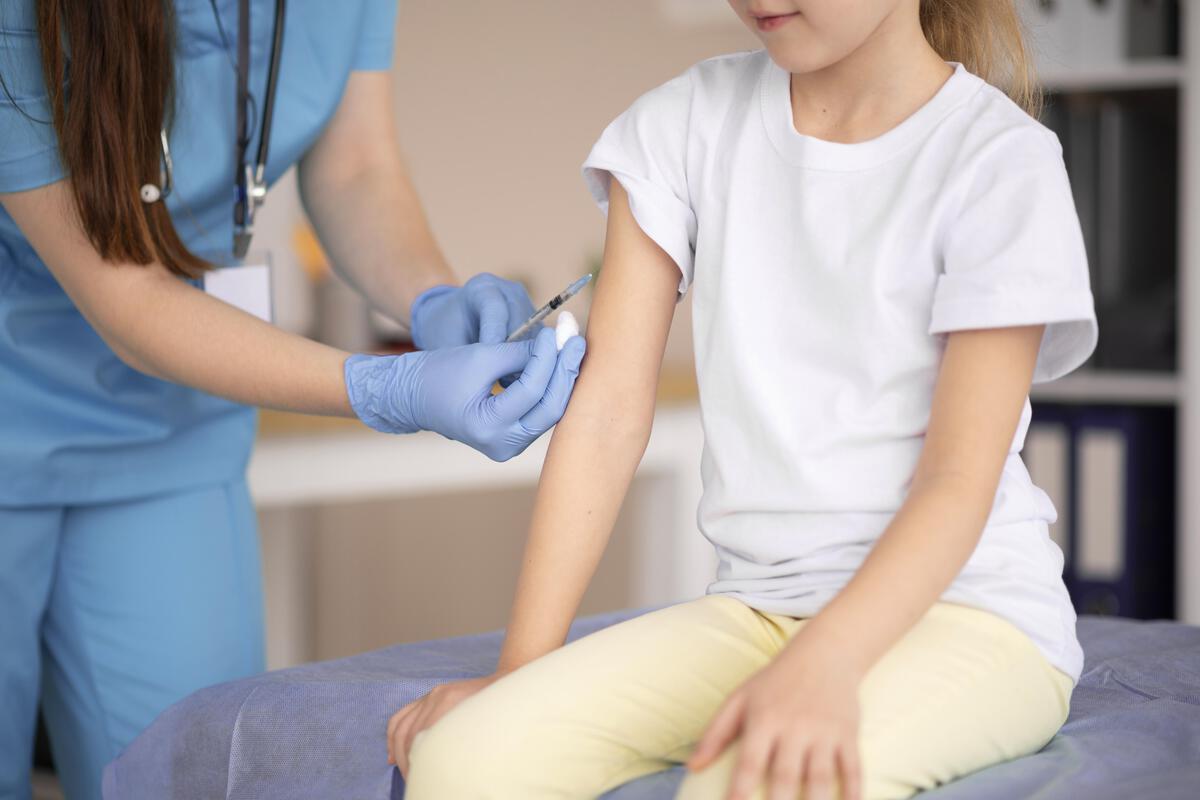
What Is the MMR Vaccine
The MMR vaccine is a combined immunisation that protects against three diseases:
- Measles: Causes fever, rash, and can lead to pneumonia or brain inflammation.
- Mumps: Leads to swollen glands and can cause hearing loss or fertility problems.
- Rubella: Usually mild but dangerous in pregnancy due to birth defects.
It contains live, weakened viruses that cannot cause the diseases in healthy individuals. Children usually receive two doses—first at 12–15 months and a second at 4–6 years. Adults without prior immunity can also be vaccinated.
MMR’s combination reduces the number of injections, making it more convenient and improving vaccine coverage. The vaccine is part of routine childhood immunisation schedules worldwide, recommended by health authorities such as the CDC, WHO, and NHS.
How the Vaccine Works
After vaccination, your immune system recognizes the weakened viruses as foreign and produces antibodies. These antibodies remain in your system, ready to respond quickly if you are later exposed to the real viruses.
This process is called active immunity. It mimics the protection you would develop after infection but without the risks of illness. The immune response generally develops within a few weeks after the first dose.
A booster dose ensures long-term immunity, as antibody levels can decline over time. The vaccine also contributes to herd immunity, reducing the spread of these viruses in the community and protecting those who cannot be vaccinated for medical reasons.
Effectiveness and Safety
The MMR vaccine is highly effective. Studies show protection rates of about 96% for measles, 93% for mumps, and 98% for rubella after the recommended doses. Most people develop lifelong immunity.
Common side effects are mild, such as a low-grade fever or mild rash. Serious reactions are rare. The vaccine does not cause autism or chronic illness, a conclusion supported by extensive scientific research.
Health agencies continuously monitor vaccine safety through surveillance systems. If you or your child have specific health conditions, your healthcare provider can advise whether MMR vaccination is appropriate and when it should be given.
MMR Vaccination Schedule and Eligibility
The MMR vaccine protects you and your family from measles, mumps, and rubella through a series of scheduled doses. Staying on schedule or catching up if doses were missed helps maintain long-term immunity and reduces the risk of outbreaks in your community.
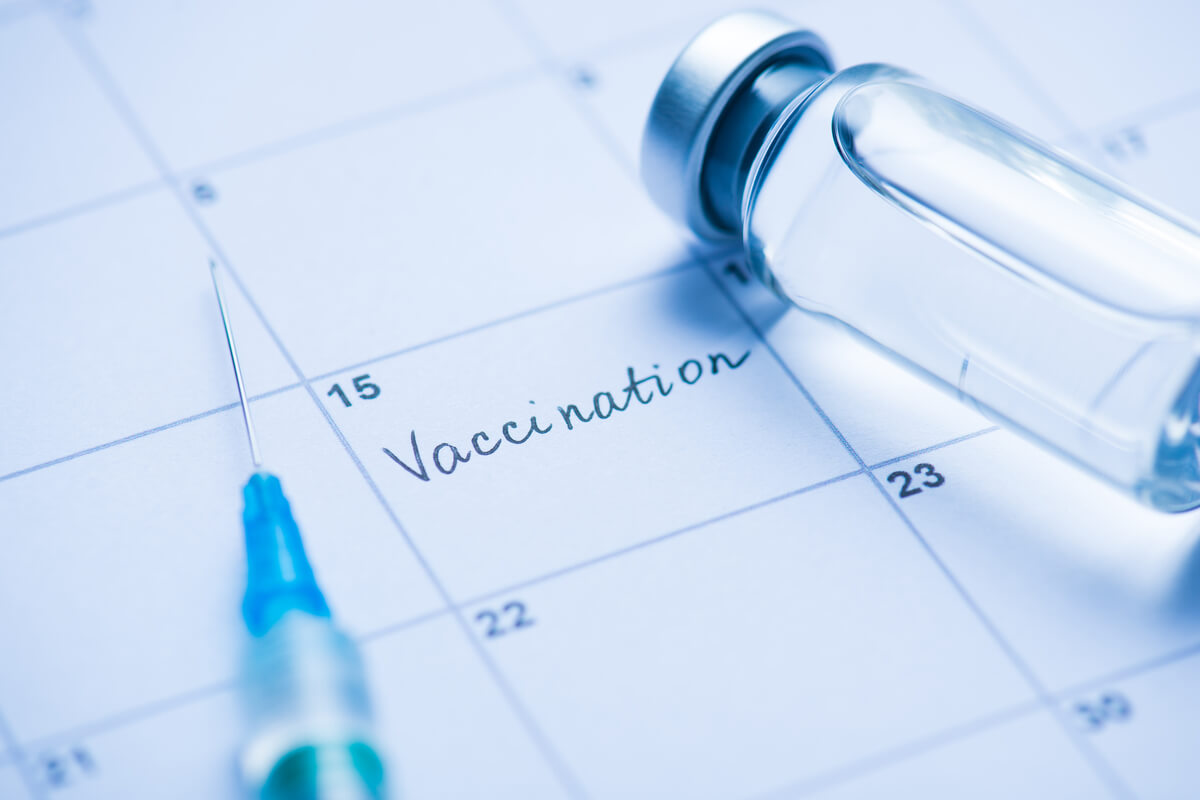
Routine Childhood Immunisation
Children need two doses of the MMR vaccine for reliable protection.
- Dose 1: at 12–15 months of age
- Dose 2: at 4–6 years, usually before school entry
These doses can be given as either the MMR or MMRV vaccine (which also includes protection against varicella). The two doses are separated by at least 28 days for MMR and 90 days for MMRV.
If your child receives both doses on time, they are considered fully immunised against measles and rubella for life. Immunity against mumps may lessen over time, but two doses still provide strong protection against severe illness.
Healthcare providers track vaccination records to ensure doses are not missed. Keeping your child’s immunisation record up to date is one of the simplest ways to prevent measles infection.
Catch-Up Vaccination for Older Children and Adults
If you or your child missed one or both doses, you can still catch up. Anyone without documented evidence of two MMR doses or laboratory-confirmed immunity should be vaccinated.
Unvaccinated adolescents and adults should receive two doses at least 28 days apart. Those who previously had one dose only need one additional dose.
People born before 1957 are generally presumed immune to measles, but healthcare providers may still recommend vaccination for those in healthcare, education, or travel-related occupations.
If you’re unsure of your vaccination status, a blood test can check for immunity. Your doctor can then recommend whether an additional dose is needed.
Special Considerations for High-Risk Groups
Certain groups face higher exposure risks and may need early or additional MMR doses.
- Infants aged 6–11 months traveling internationally or in outbreak areas can receive one early dose (not counted toward the routine series).
- Healthcare workers, college students, and international travelers should have documented proof of two doses.
During outbreaks, unvaccinated people exposed to measles can still benefit from a dose given within 72 hours of exposure.
People with weakened immune systems, pregnant individuals, or those with severe allergic reactions to vaccine components should not receive the MMR vaccine. In these cases, your healthcare provider will discuss safe alternatives or protective measures.
Caring for a Child with Measles and When to Seek Help
Caring for a child with measles involves managing fever and discomfort, preventing dehydration, and knowing when medical attention is needed. Early recognition of serious symptoms helps reduce complications and keeps your child safe.
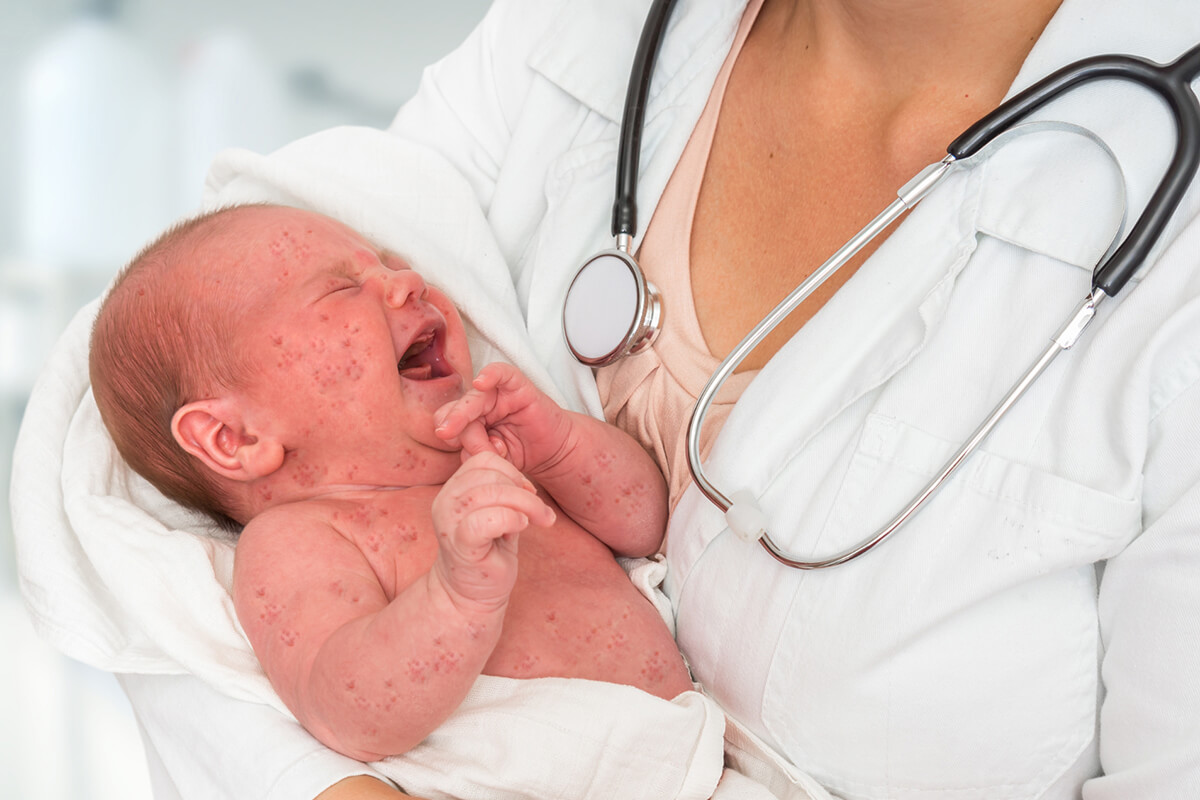
At-Home Care and Symptom Relief
Keep your child comfortable and hydrated. Offer water, oral rehydration solutions, or clear soups often to prevent dehydration caused by fever and reduced appetite.
Lower a high temperature with acetaminophen or ibuprofen, following age-appropriate dosing instructions. Avoid aspirin, as it can cause serious side effects in children.
Dim lights or close curtains if your child’s eyes are sensitive to light. Use a humidifier or sit in a steamy bathroom for a few minutes to ease coughing and congestion.
Encourage rest and keep your child at home for at least four days after the rash appears to prevent spreading measles to others. Wash hands frequently and disinfect surfaces that may carry the virus.
When to Contact a Healthcare Provider
Call your healthcare provider if your child has measles symptoms such as persistent fever, rash, cough, runny nose, or red eyes, especially if they have not received the MMR vaccine.
Seek advice if your child’s fever lasts more than three days, if they seem unusually tired, or if they refuse to drink fluids. A healthcare professional can check for complications like ear infections, diarrhea, or pneumonia.
If your child was recently exposed to measles, contact your provider immediately. In some cases, post-exposure prophylaxis with the MMR vaccine (within 72 hours) or immunoglobulin (within six days) can reduce illness severity or prevent infection.
Emergency Warning Signs
Go to an emergency department or call emergency services if your child shows signs of severe illness.
Seek immediate help if you notice:
- Difficulty breathing or rapid breathing
- Persistent vomiting or inability to keep fluids down
- Seizures or unusual drowsiness
- Blue lips or fingertips
- Signs of confusion or unresponsiveness
These symptoms may indicate serious complications such as pneumonia or encephalitis. Prompt medical care can prevent worsening illness and protect your child’s long-term health.




